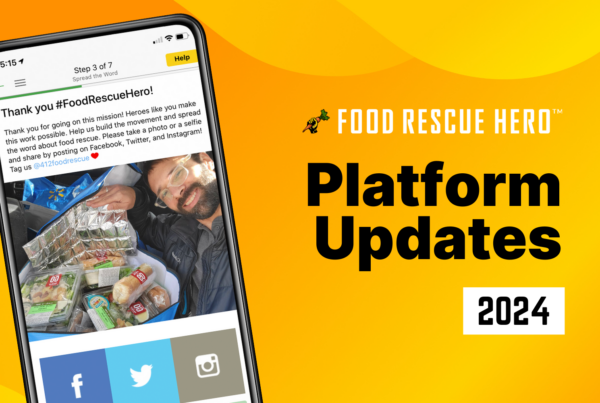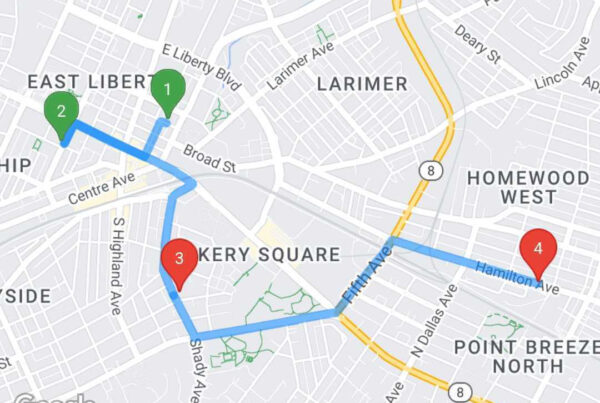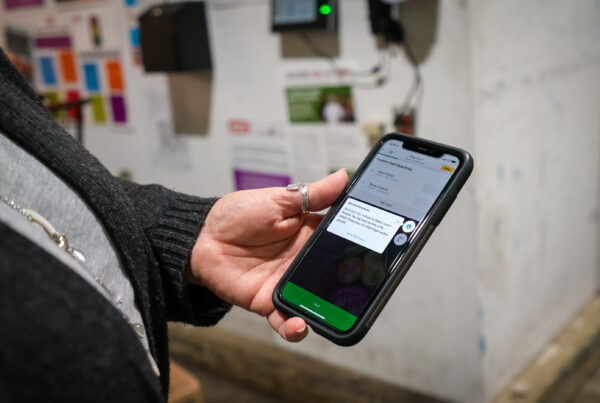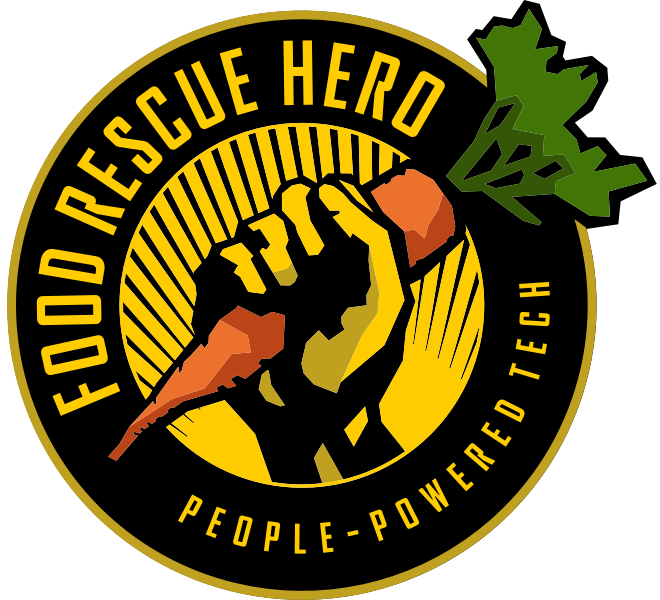
Dispatchers at food rescue organizations play a pivotal role in ensuring that rescued food is distributed equitably in the community. As donation volumes grow, the process of selecting appropriate nonprofit recipients becomes more difficult to scale.
In 2023, 43.5 million pounds of food were distributed to almost 3,000 nonprofits via the Food Rescue Hero™ platform, with every single rescue being routed by the dispatchers at our partner organizations. Sometimes, the receiving nonprofit partner for a donation is known as soon as the call comes in, even before the rescue is created; but for most rescues, the dispatcher decides which nonprofits to call on.
Problem
When a dispatcher gets a call about an available donation, they must decide where to send it. In doing so, they have to consider many factors, such as:
- Volunteer logistics: How far is a volunteer willing to drive to transport the donation?
- Donation history: Which nonprofits haven’t received a donation in a while?
- Donation compatibility: Is the donation a good fit for the people served by the nonprofit?
This can be a time-consuming process. On a busy day, the donation might go to the most expedient choice: the first nonprofit partner that answers the phone or the nonprofit that consistently accepts whatever is offered. While this saves time, it can inadvertently favor well-resourced nonprofits that have someone available to answer calls. And when a nonprofit accepts more food than it needs, what’s leftover often goes to waste.
Food Rescue Hero resolved to address the challenges of this decision point, with the desired outcome of streamlining dispatch processes and increasing distribution equity.
Research
The journey started with a partnership with researchers at Carnegie Mellon University (Min Kyung Lee and Jonathan Lynn, now at UT Austin). Together, we identified the most pivotal data points that factor into choosing recipients for rescues:
- Timing: Which nonprofits are open when the donation is available?
- Donation Contents: Which nonprofits accept certain food? Which ones currently have the storage capacity? Which ones have a refrigerator, etc.?
- Distance: Which nonprofits are close enough to the donor to minimize vehicle emissions and transport time?
- Equity: Which nonprofits haven’t received a donation in a while? Which nonprofits serve zip codes with higher levels of food insecurity?
With the exception of food insecurity statistics, all of these details already existed in the Food Rescue Hero database. The nonprofit profile stores a wealth of information, including operating hours, accepted food types, and rescue history. Combing through nonprofit profiles takes time, so in October 2023 we released the Nonprofit Partner Maps tool to make the index of nonprofit sites searchable by various factors and easy to visualize geographically. However, there was still room to streamline the dispatcher’s workflow.
The imperative was clear: we needed to seamlessly integrate those nonprofit data points into the workflow of rescue creation in order to ensure food was being distributed more equitably in our communities.
Solution
Harnessing these internal data points, we created a tool called Suggested Nonprofits. When a dispatcher creates a rescue, Food Rescue Hero uses information about the donor and the donation to generate a ranked list of nonprofits.
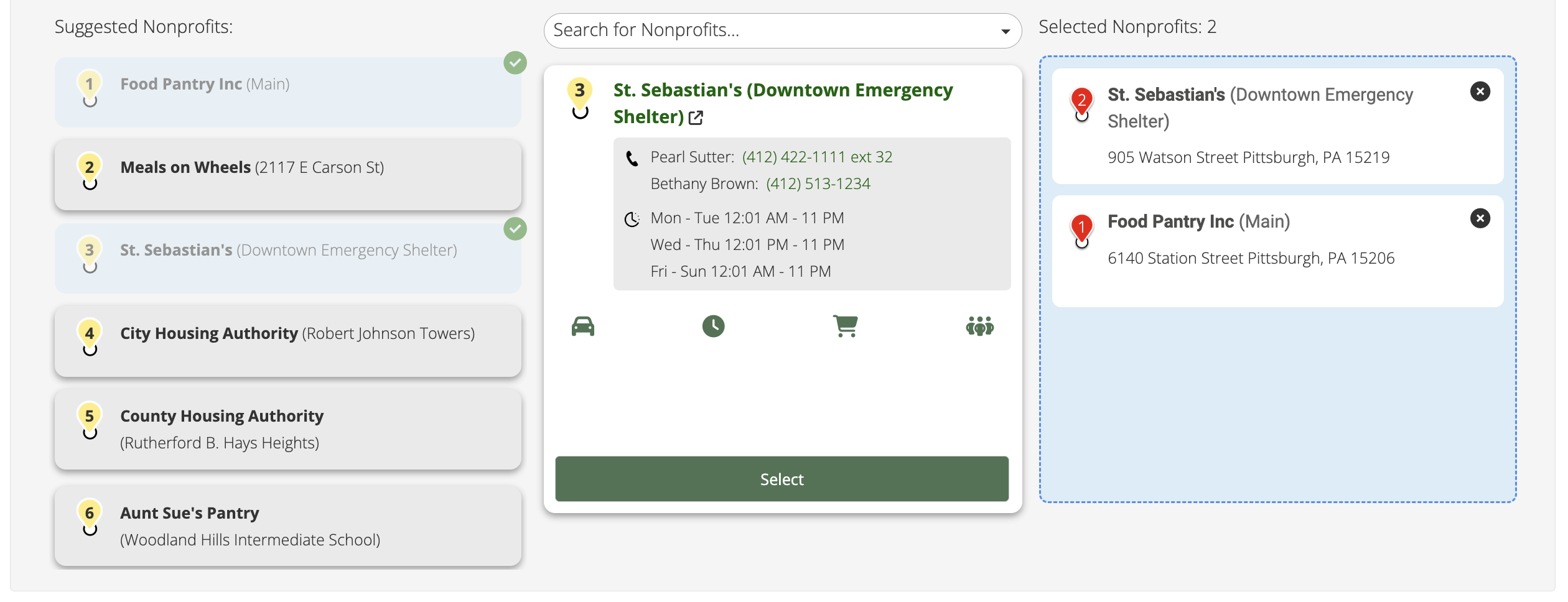
For some factors, a mismatch will simply remove the nonprofit from consideration. For example, if the site isn’t open when the donation is available, none of the other factors matter (since food rescue relies on immediate dropoff of donations instead of utilizing storage spaces as food banks do).
Once Food Rescue Hero screens out nonprofit sites that aren’t open or can’t accept the type of food, other factors come into play. Nonprofits that are close to the donor or haven’t received food in a while move up in the rankings. This carefully constructed ranking system ensures that the easiest and most efficient way to match donations to nonprofits now favors equity—so we continue to increase food access and nutrition security for all.
Timing: Which nonprofits are open when the donation is available?

Donation Contents: Which nonprofits accept certain food? Which ones currently have the storage capacity? Which ones have a refrigerator, etc.?
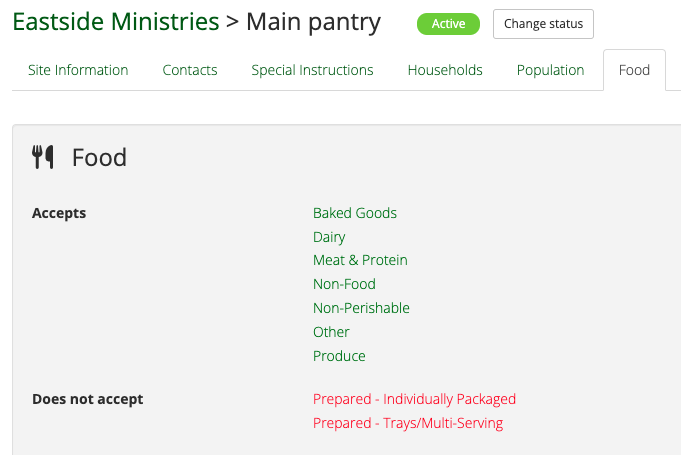
Distance: Which nonprofits are close enough to the donor to minimize vehicle emissions and transport time?

Equity: Which nonprofits haven’t received a donation in a while? Which nonprofits serve zip codes with higher levels of food insecurity?
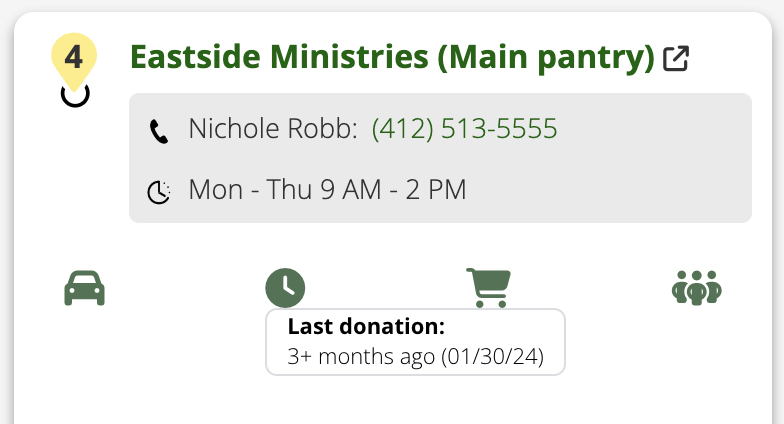
Suggested Nonprofits also has the added benefit of decreasing the learning curve for new hires. Presenting a dispatcher with data-informed recommendations means they are less dependent on the institutional knowledge of their team or external sources of information.
By integrating these data-driven insights into the rescue creation process, Suggested Nonprofits not only streamlines operations but also promotes a fairer distribution system. The tool empowers dispatchers to make more equitable decisions quickly and confidently, ensuring that all nonprofits, especially those less frequently served, receive the support they need.
Implementation & Results
When a tool relies on a database, accuracy of organizational data is paramount. In the months leading up to the rollout of Suggested Nonprofits, the Food Rescue Hero team worked to set up all network partners for success. We tracked where partners had missing data points that would be used by Suggested Nonprofits so that they could begin filling in the gaps. We also developed customized options so that our partners could decide whether they wanted sites with missing data (such as storage capacity) to be included in suggestions.
Soon after rolling out Suggested Nonprofits, we began soliciting feedback from dispatch teams across the network to inform improvements. Early iterations have refined the user interface and streamlined certain elements to make the process even smoother.
“Food Rescue Hero’s new Suggested Nonprofits feature has been extremely helpful for [our] dispatch operations. Not only has it enabled our department’s seasoned employees to effectively spread inbound donations to newer or underserved nonprofits, but it has made training new employees more efficient with a large focus on equity.”
412 Food Rescue in Pittsburgh has found the tool to be valuable in multiple ways.
“Food Rescue Hero’s new Suggested Nonprofits feature has been extremely helpful for [our] dispatch operations,” says Logan Laizure, Lead Dispatch Coordinator at 412 Food Rescue. “Not only has it enabled our department’s seasoned employees to effectively spread inbound donations to newer or underserved nonprofits, but it has made training new employees more efficient with a large focus on equity.”
Putting key site details front and center during rescue creation has also allowed 412 Food Rescue to reduce the time spent looking for recipients. Says Laizure, “It has been much easier to shift incoming donations around our recipient network without the extended time of managing multiple external notes containing pieces of this data. Not only has it enabled our department’s seasoned employees to effectively spread inbound donations to newer or underserved nonprofits, but it has made training new employees more efficient with a large focus on equity.”
Future Directions
Building on the early success of Suggested Nonprofits, we plan to continue leveraging data to help make our partners’ operations more efficient and impactful.
One example is expanding the sources of our data. Suggested Nonprofits currently uses internal data points to inform site suggestions. Our initial research identified sources for external data points, such as food insecurity data at the zip code level, which would amplify equitable outcomes. However, there are geographical gaps in this information—food insecurity isn’t measured consistently in the areas that our partners operate. Utilizing the data that’s currently available would mean reduced functionality for some of our partners and thus make Suggested Nonprofits’s impact lopsided across the network.
Food Rescue Hero is eager to see national standards for measuring food insecurity for several reasons, with the added benefit of being able to incorporate it into a future iteration of Suggested Nonprofits.
Conclusion
Efficiency is a virtue in any industry. When it comes to food recovery, impact is just as important. By making distribution decisions based on data, we ensure that food reaches those who need it most, that waste is minimized and that equity among our nonprofit partners is top of mind.
At Food Rescue Hero, we are committed to continuous improvement and innovation. Our journey with Suggested Nonprofits is just one example of how we can use technology to create a more efficient and just food distribution system. As we look to the future, we remain dedicated to finding new ways to support our partners and maximize the impact of every rescue.


